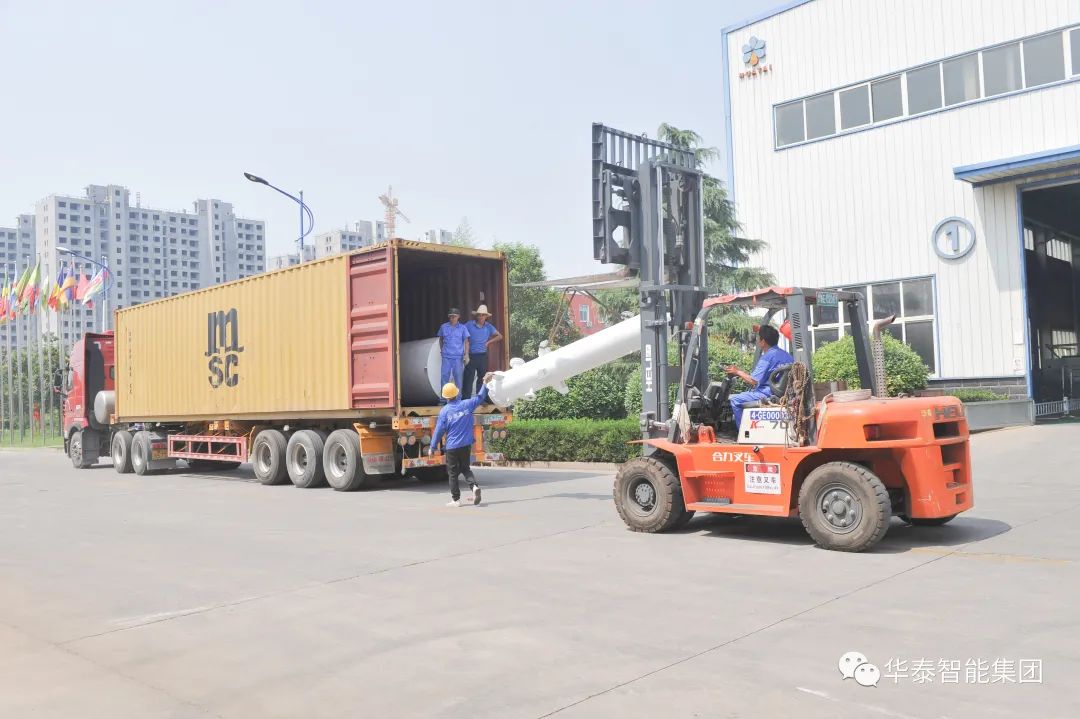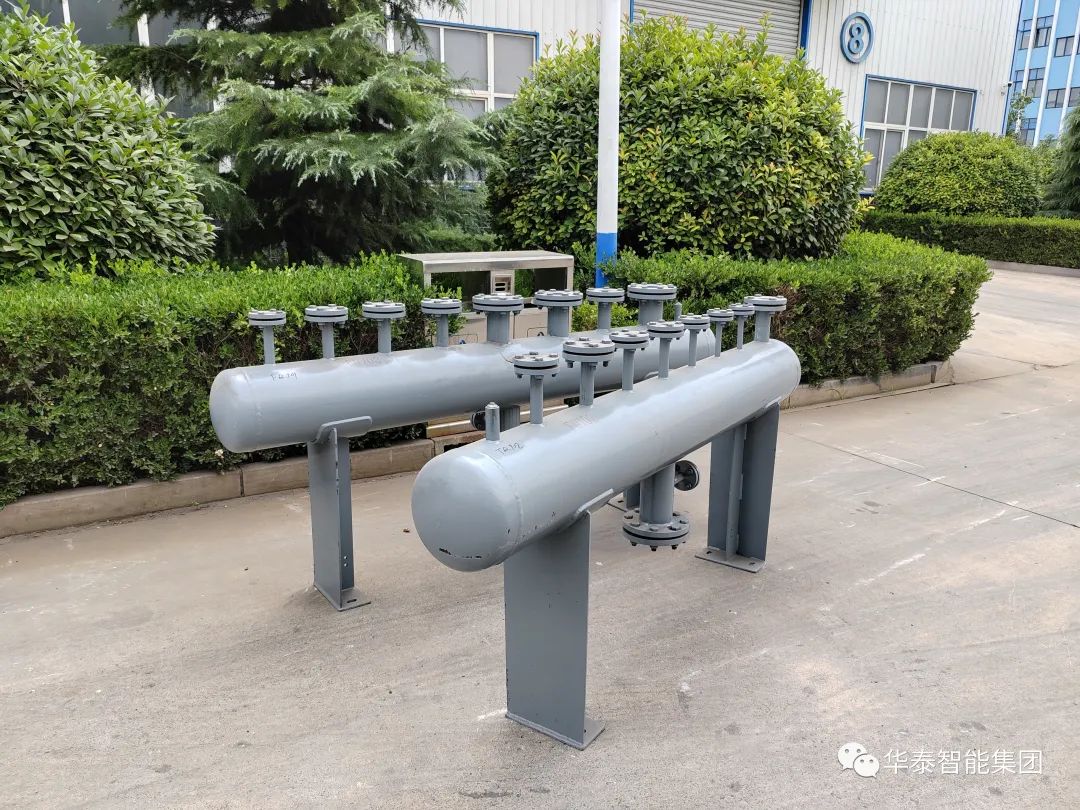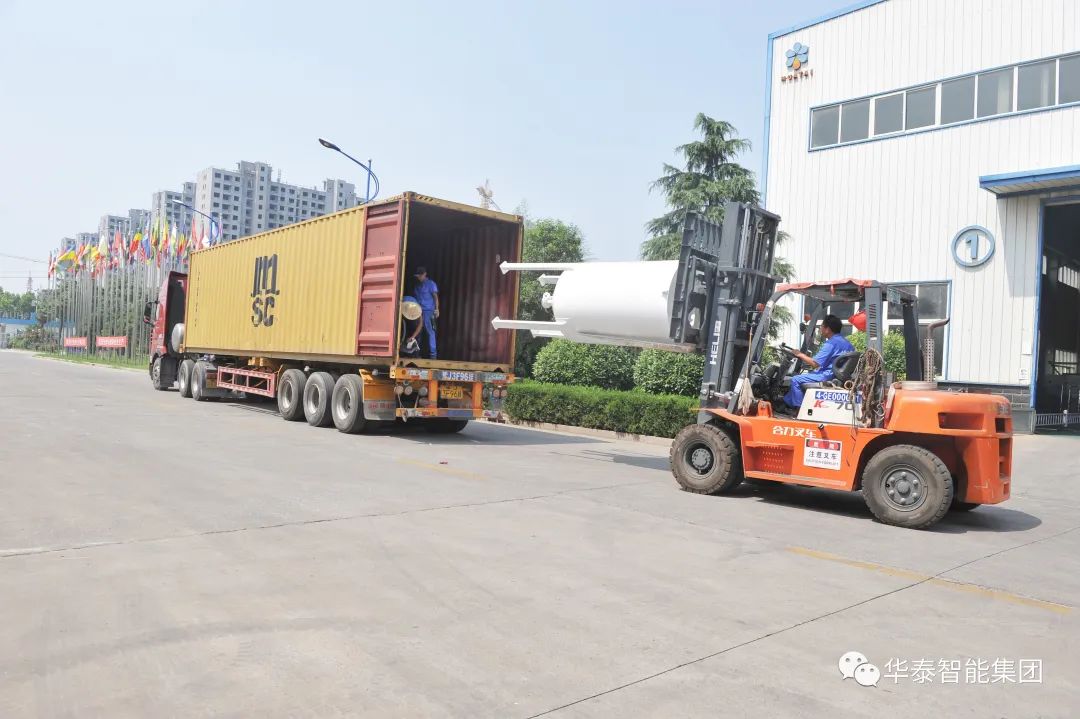An Ethiopian company ordered Huatai Group's 30TPD fully continuous refining, dewaxing and fractionation project and the shipment was officially completed.

Waxes are mostly found in the seed coat and germ of vegetable oils. Different vegetable oils and different processing methods have different wax contents. The wax content in rice bran oil is about 3%-9%, corn oil is 0.05%, sunflower oil is 0.01%-0.35%, and rapeseed oil is 0.0016%. Most of the wax in sunflower seeds is contained in the shell skin. The wax content of crude oil produced without shelling is 0.02%-0.35%, while the wax content of crude oil produced after shelling is 0.011%-0.015%. .
Dewaxing is an indispensable process for producing oil. The wax in vegetable oil comes from raw materials. These waxes cannot be absorbed by the human body. At low temperatures, the edible oil will become turbid and solidified, affecting the appearance of the edible oil. Therefore, the main purpose of dewaxing is to separate the oil and wax through filtration after crystallizing and cultivating the wax at low temperature.
Some edible oils contain wax in their seed coats and germs. For example, rice bran oil, camellia seed oil, peanut oil, peony seed oil, etc. contain some wax in the raw materials, which will be dissolved in the oil during pressing or leaching. In oil, wax is a polymer ester that combines monovalent fatty acids and monovalent alcohols. It has a high melting point, poor solubility, and is difficult to absorb. When the oil temperature decreases, it will crystallize and make the oil turbid, affecting the appearance of the product. Therefore, during production, the oil after the refining and deodorization process of the refining equipment also needs to go through the dewaxing equipment to separate and remove the wax in the edible oil.
The presence of acyl groups in wax molecules makes wax slightly polar, so wax is a lipophilic compound with a weak hydrophilic group. When the temperature is higher than 40°C, the polarity of wax is weak and it dissolves in oil. As the temperature decreases, the mobility of wax molecules in oil decreases, and the polarity of the ester bonds in wax molecules increases, especially below 30°C. When the temperature continues, the wax crystallizes out and forms a relatively stable colloid system. As the low temperature continues, the wax crystals condense into larger grains, and the density increases to form a suspension. It can be seen that the interfacial tension between oil and wax changes with the It changes with the change of temperature, and the interfacial tension between the two is inversely proportional to the viscosity. This is the theoretical basis why the dewaxing process must be carried out at a lower temperature.

Huatai Group has many dewaxing methods: conventional method, solvent method, surfactant method, combined degumming, deacidification method, etc. In addition, there are also coagulant method, urea method, electrostatic method, etc. Although the auxiliary means used in various methods are different, the basic principles belong to the category of freezing crystallization and then separation. That is, based on the melting point difference between wax and grease and the property that the solubility (or decomposition degree) of wax in grease becomes smaller as the temperature decreases, crystallized wax (or a mixture of wax and crystallizer) is precipitated by cooling, and is separated by filtration or centrifugation. Achieve the purpose of oil-wax separation.
The edible oil dewaxing process is based on the melting point difference between wax and oil and the characteristic that the solubility of wax in oil becomes smaller as the temperature decreases. Crystal wax is precipitated by cooling, and then separated by filtration and separation surface to achieve the purpose of wax and oil separation.
The dewaxing process is as follows: refining oil - pre-cooling - crystallization - crystal growth - filtration - refined oil
1. Pre-cooling tank: Since the temperature of the refined oil and wax is relatively high, the pre-cooling tank is used to cool the oil temperature in advance and reduce the cooling time of the crystallization tank.
2. Crystallization tank: The cooling oil is directly poured into the crystallization tank for crystallization. During crystallization, the stirring speed is slow, generally 5-8 rpm, so that the oil temperature can be cooled evenly to achieve the ideal crystallization effect.
3. Crystal culture tank: After crystallization, crystal culture is carried out to provide conditions for the growth of wax fat crystal grains. The temperature is generally controlled between 15-25℃.
4. Filtration: The well-grown oil is first filtered through its own self-pressure. When the filtration speed is slow, the frequency conversion screw pump is started, and filtered when the speed is adjusted to a certain speed, thereby achieving the separation of oil and wax.
The main components of a complete set of dewaxing equipment include: crystal culture tanks, filters, dewaxing oil tanks, wax paste boxes, refrigeration units, first-level gear pumps in frozen brine pools, pipeline pumps and other equipment.

The principle of oil dewaxing is to take advantage of the different solubilities of oil and wax. Below 40°C, wax will crystallize and precipitate as the temperature gradually decreases. When performing dewaxing, the temperature of the refining equipment must be kept within a reasonable range. Too high a temperature will lead to incomplete precipitation of wax, while a low temperature will lead to increased losses, which are not allowed to occur. The temperature and time of dewaxing have a great impact on the quality of the processed oil. The intuitive impact is the color and transparency of the edible oil.
 Language
Language







